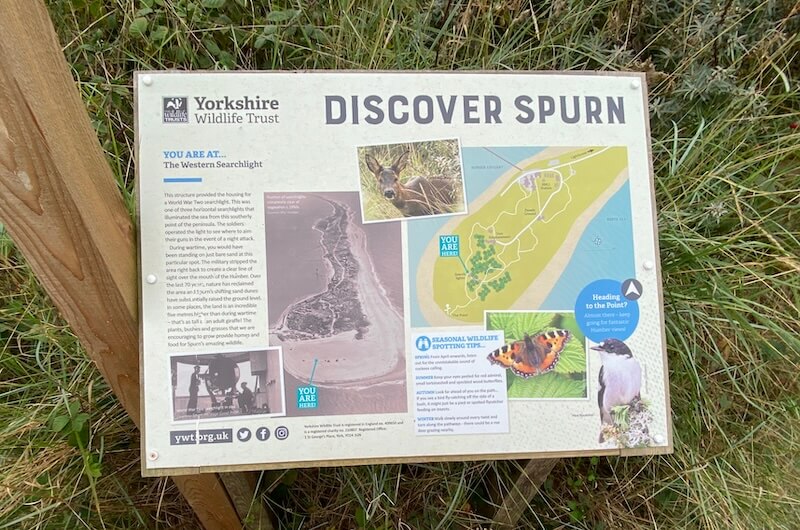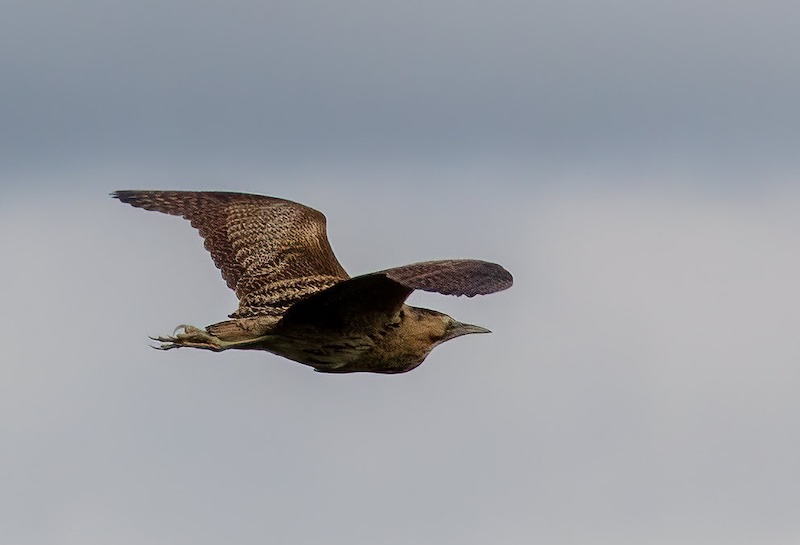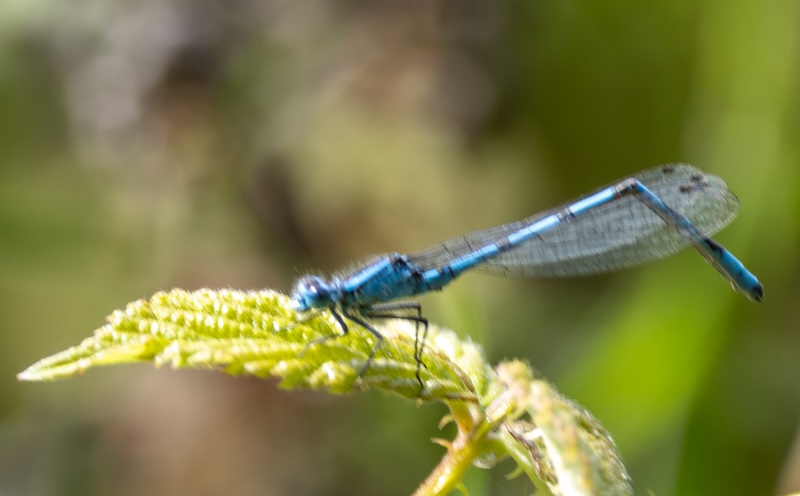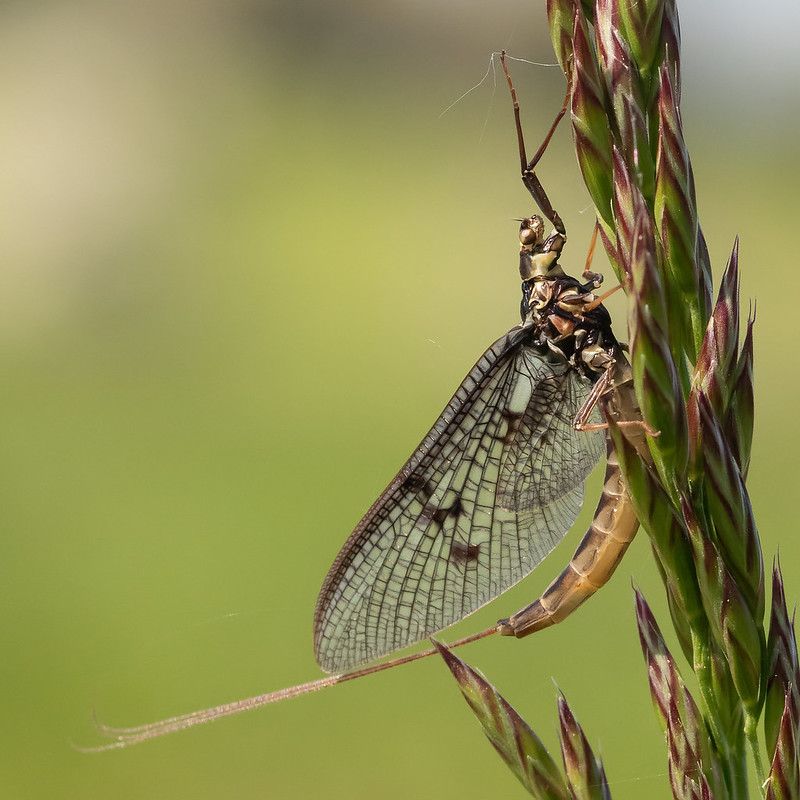- Home
- Photography
- Essential Wildlife Photography Kit
Your Essential Wildlife Photography Kit
Right, let’s have a chat about the essential wildlife photograph kit you will need. But not the shiny, "sell-a-kidney" expensive stuff.
I’m talking about the bits and bobs that actually make a difference when you’re out in the field, trying to convince a squirrel you mean it no harm.
Getting into wildlife photography can feel a bit overwhelming, can’t it?
You see all these spectacular shots and assume everyone but you owns a lens the size of a small telescope. Not true. Often, the difference between a tack-sharp photo and a blurry tragedy isn’t the lens, but what’s holding it up.
Here’s a rundown of the kit I rely on. It’s not glamorous, but it’s saved my bacon more times than I can count.
Staying Steady: Tripods, Monopods & The Mighty Beanbag
Even the steadiest surgeon’s hand would wobble after holding a camera still for ten minutes, waiting for a goldcrest to reappear.
And let’s be honest, after crouching behind a log for half an hour, my arms are usually screaming for a break. This is how I keep things steady (and my limbs relatively pain free).
Tripods - If you’re planning on staying put for a while—in a bird hide, or by that one patch of nettles a comma butterfly just loves—a tripod is unbeatable.
It’s rock-solid for those heavier lenses and an absolute lifesaver in the low, golden-hour light when you need a slower shutter speed.
My one piece of advice? Look for one with quick-release locks. No one wants to be wrestling with fiddly clips while a kestrel performs a perfect hover above you.
Monopods - A single leg, but twice the mobility. I find them brilliant for those days when I’m covering a fair bit of ground but still want support on the go.
It’s ideal for following a bird in flight or a deer moving through the trees. It also, I’ve discovered, doubles as a surprisingly decent walking stick.
Beanbags - Yes, really. A simple beanbag. Pop one on a gate, the car window, or flat on the ground, and you have an incredibly stable base for your camera
They’re fantastic for getting those lovely, low-angle shots that make it look like you’re right there with a fox cub or a snoozing duckling. Plus, you can toss one in your bag and barely notice it’s there. Beats carrying three metal legs everywhere.
Memory Cards, Rain Covers & The Odd Bit Of Magic
This is the stuff that gets shoved in the side pockets of the camera bag. It’s not exciting, but ignoring it is a mistake I’ve made, so you don’t have to.
Batteries - Ah, batteries. There’s a special sinking feeling that comes with seeing that little icon start to flash when you’re miles from home.
I never, ever leave home without at least one fully charged spare.
Cold weather is a notorious battery-drainer, so on a frosty winter morning, I’ll keep the spare tucked in an inside pocket to keep it warm. There's nothing more final than a dead battery.
Well, perhaps one thing: being on a two-day trip and realising you’ve left the charger at home. If I'm staying away overnight, the battery charger is the first thing I pack.
Memory Cards - Again, bring more than one. Trust me. Its gut-wrenching when you get that ‘Card Full’ message at the exact moment a barn owl decides to pose for you. Ask me how I know!
I’d suggest at least a 64GB card, especially if you’re shooting in RAW or using burst mode to catch the action. A 128GB card is even better, but more pricey.
And please, don't just throw your cards loose into your bag; a small, snap-shut container will keep them safe.
Always format your card in the camera you’re using before you head out. It sounds fussy, but it prevents all sorts of digital headaches later.
Rain Covers and Lens Hoods - Because the British weather waits for no photographer.
You can buy fancy plastic rain covers, but in a pinch, a carrier bag and an elastic band will do the job.
A lens hood is just as important; it helps reduce glare, but more importantly, it acts as a bumper.
I once took a tumble on the boardwalk at Wicken Fen with a brand-new lens. The hood was completely buckled, but the lens itself was miraculously unharmed. It took me ages to live that one down, but my camera was safe!
The Camera Bag Itself: Find one that’s comfortable. That’s it. That’s the big secret.
Mine is scruffy and perpetually muddy, but it’s shaped to my back and has enough pockets for spare batteries, a microfibre cloth, and, most crucially, emergency glucose in case my blood sugar drops dangerously.
I learned that lesson in the middle of Dartmoor! Something I would rather not repeat.
The Unexpected Essentials - I always have a small, foldable mat to sit on—damp earth gets old very, very fast. And a thermos of tea. It’s not strictly essential for photography, but I find it’s essential for morale.
Further Reading
Now you're camera is steady, learn how to get a different perspective with Low Angle Photography.
Ready for a challenge? Use your tripod for some Low Light Wildlife Photography.
Feeling inspired? Read my guide on How to Start Wildlife Photography without the stress.
Got the gear? Let's find a place to use it. Explore some great spots with my guide to Nature in Cambridgeshire.

About the Author
For me, it’s never been just about bird names or camera settings. It’s about the quiet thrill of understanding the story unfolding in front of you. The moment a "weed" becomes a butterfly nursery, or a distant speck resolves into a hunting kestrel.
My camera is the tool I use to capture that magic, but my real passion is sharing it. This site is my digital field notebook, my collection of trips, and my invitation to you to stop, look a little closer, and find your own connection to the incredible nature on our doorstep.
Step Behind the Wild Lens
If you've enjoyed your time here, the journey doesn't have to end.
I send out the Wild Lens newsletter on an occasional basis. It's where I share my latest field notes, the stories behind my favourite photos, and practical tips that don't always make it onto the site. It's your dose of quiet magic, delivered right to your inbox.
Join our community of curious explorers.
Recent Articles
-
Can you walk to Spurn Point Nature Reserve in East Yorkshire?
Jul 22, 25 04:55 AM
Come with us on a virtual walk around Spurn Point and see the birds and wildlife that we encountered at Autumn time -
Types of Bird Feather Patterns and Why They are Important
Jul 21, 25 08:49 AM
Discover bird feather patterns, from types and colours to the role of plumage in camouflage, breeding, and flight. A guide for beginner birdwatchers. -
Why Won't My Camera Focus? My Search for a Simple, Overlooked Answer.
Jul 21, 25 03:36 AM
Feeling frustrated by blurry photos? You're not alone. An expert shares his own "rookie error" and a simple checklist to fix your camera's focus issues.



